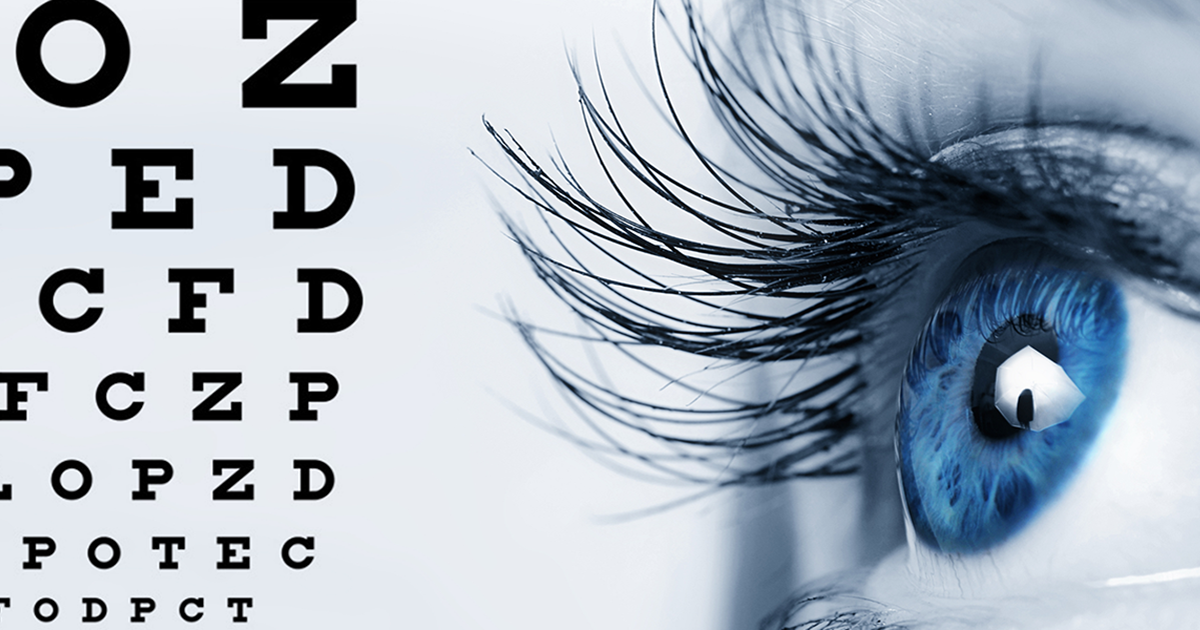The Duty of Advanced Diagnostic Devices in Identifying Eye Disorders
In the realm of ophthalmology, the utilization of sophisticated analysis devices has changed the early recognition and management of different eye problems. As the need for precise and timely diagnoses proceeds to expand, the assimilation of cutting-edge tools like optical coherence tomography and visual field screening has actually come to be indispensable in the realm of eye care.
Significance of Early Medical Diagnosis
Very early medical diagnosis plays a crucial duty in the effective management and treatment of eye disorders. Prompt recognition of eye problems is crucial as it permits timely treatment, potentially stopping additional development of the condition and minimizing long-term difficulties. By detecting eye problems at an onset, health care carriers can supply ideal therapy strategies tailored to the particular condition, ultimately resulting in better end results for clients. Early medical diagnosis makes it possible for clients to accessibility necessary support services and resources sooner, improving their total top quality of life.

Modern Technology for Detecting Glaucoma
Sophisticated diagnostic innovations play a critical duty in the very early detection and surveillance of glaucoma, a leading reason of irreparable blindness worldwide. One more advanced device is aesthetic field screening, which maps the sensitivity of a patient's aesthetic area, aiding to detect any locations of vision loss feature of glaucoma. These innovative analysis devices make it possible for eye doctors to detect glaucoma in its early stages, permitting for timely treatment and better administration of the illness to stop vision loss.
Function of Optical Comprehensibility Tomography

OCT's ability to quantify retinal nerve fiber layer thickness permits accurate and objective measurements, aiding in the early detection of glaucoma even before visual area defects end up being apparent. OCT innovation allows longitudinal surveillance of structural modifications over time, assisting in personalized treatment plans and prompt treatments to aid preserve clients' vision. The non-invasive nature of OCT imaging likewise makes it a recommended choice for keeping track of glaucoma development, as it can be duplicated regularly without causing discomfort to the patient. On the whole, OCT plays a critical function in improving the analysis precision and monitoring of glaucoma, inevitably adding to better outcomes for individuals in danger of vision loss.
Enhancing Diagnosis With Visual Area Testing
An essential part in thorough ocular analyses, aesthetic field view testing plays a pivotal role in improving the analysis process for different eye disorders. By assessing the complete level of an individual's aesthetic field, this examination provides crucial info concerning the functional integrity of the whole aesthetic pathway, from the retina to the visual cortex.
Visual field screening is especially valuable in the medical diagnosis and monitoring of conditions such as glaucoma, optic nerve click conditions, and various neurological illness that can influence vision. Via quantitative measurements of peripheral and central vision, clinicians can spot refined changes that may indicate the existence or progression of these disorders, also prior to visible signs and symptoms happen.
Additionally, aesthetic field screening enables for the surveillance of treatment efficacy, assisting ophthalmologists tailor healing treatments to specific clients. eyecare near me. By tracking changes in aesthetic field efficiency in time, doctor can make educated choices regarding readjusting medicines, recommending medical treatments, or carrying out other proper measures to protect or improve an individual's visual feature
Handling Macular Deterioration

Final Thought
In verdict, advanced diagnostic tools play a critical role in determining eye conditions early on. Technologies such as Optical Comprehensibility Tomography and aesthetic area screening have considerably enhanced the accuracy and efficiency of detecting conditions like glaucoma and the original source macular deterioration.